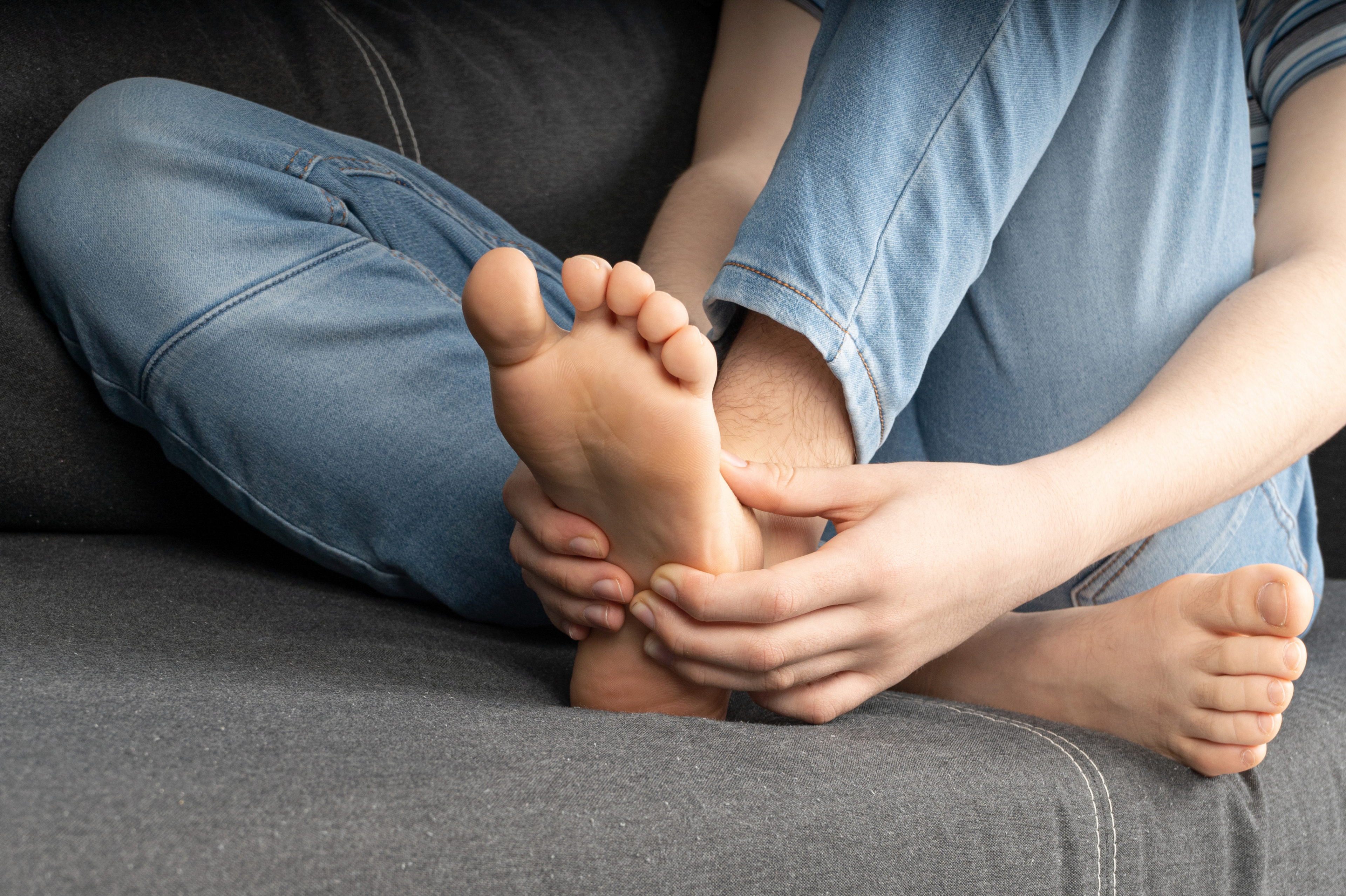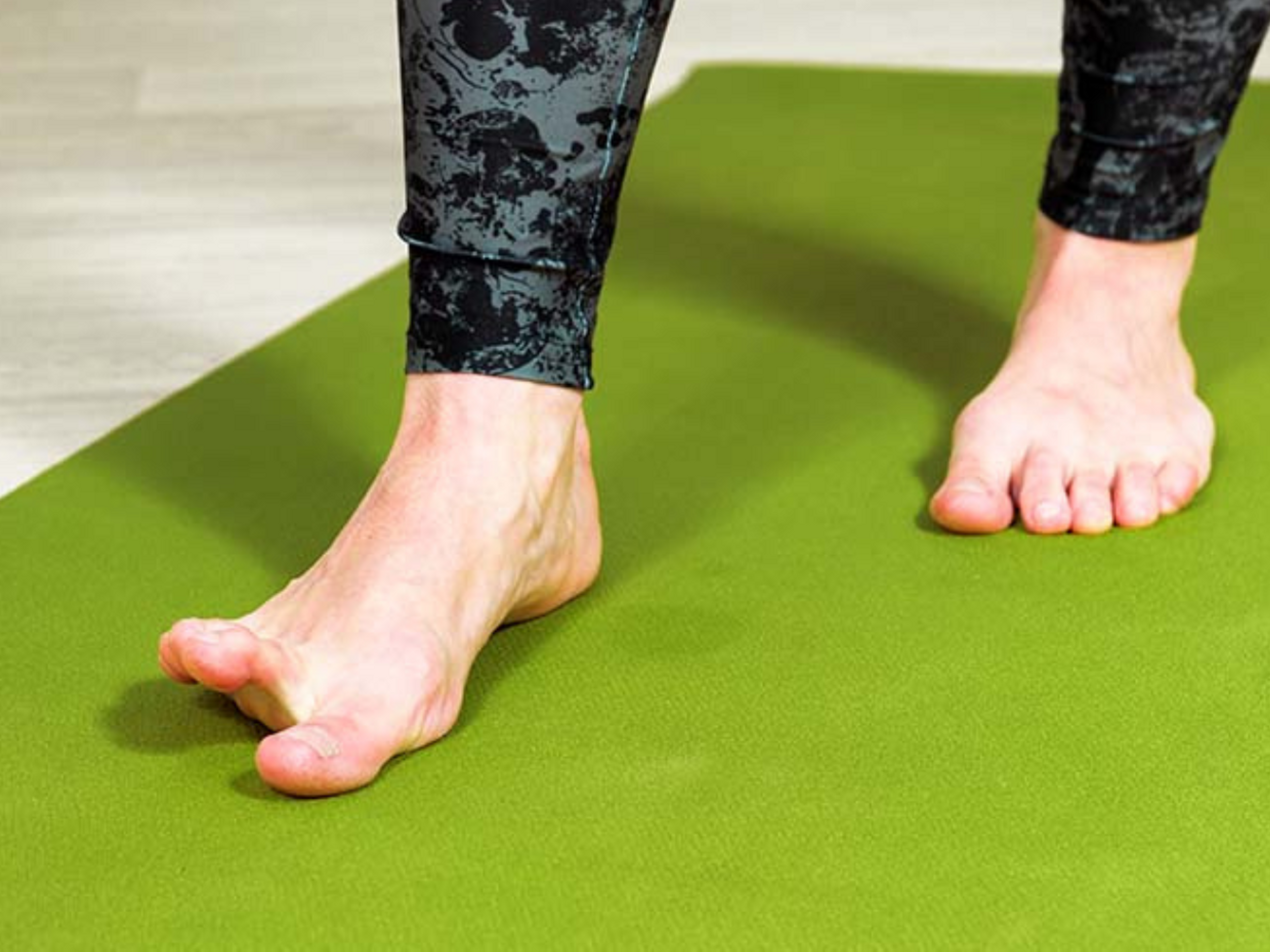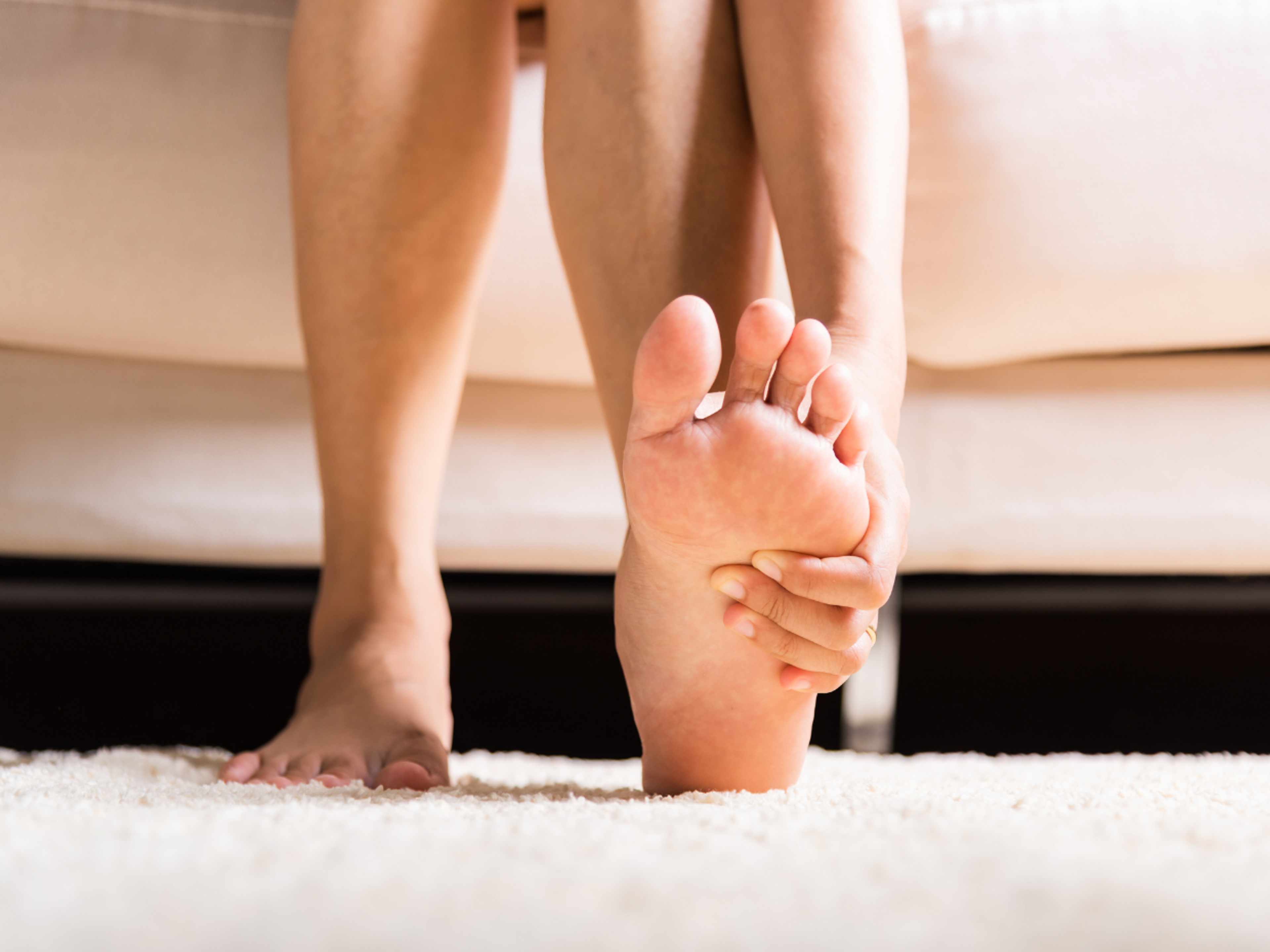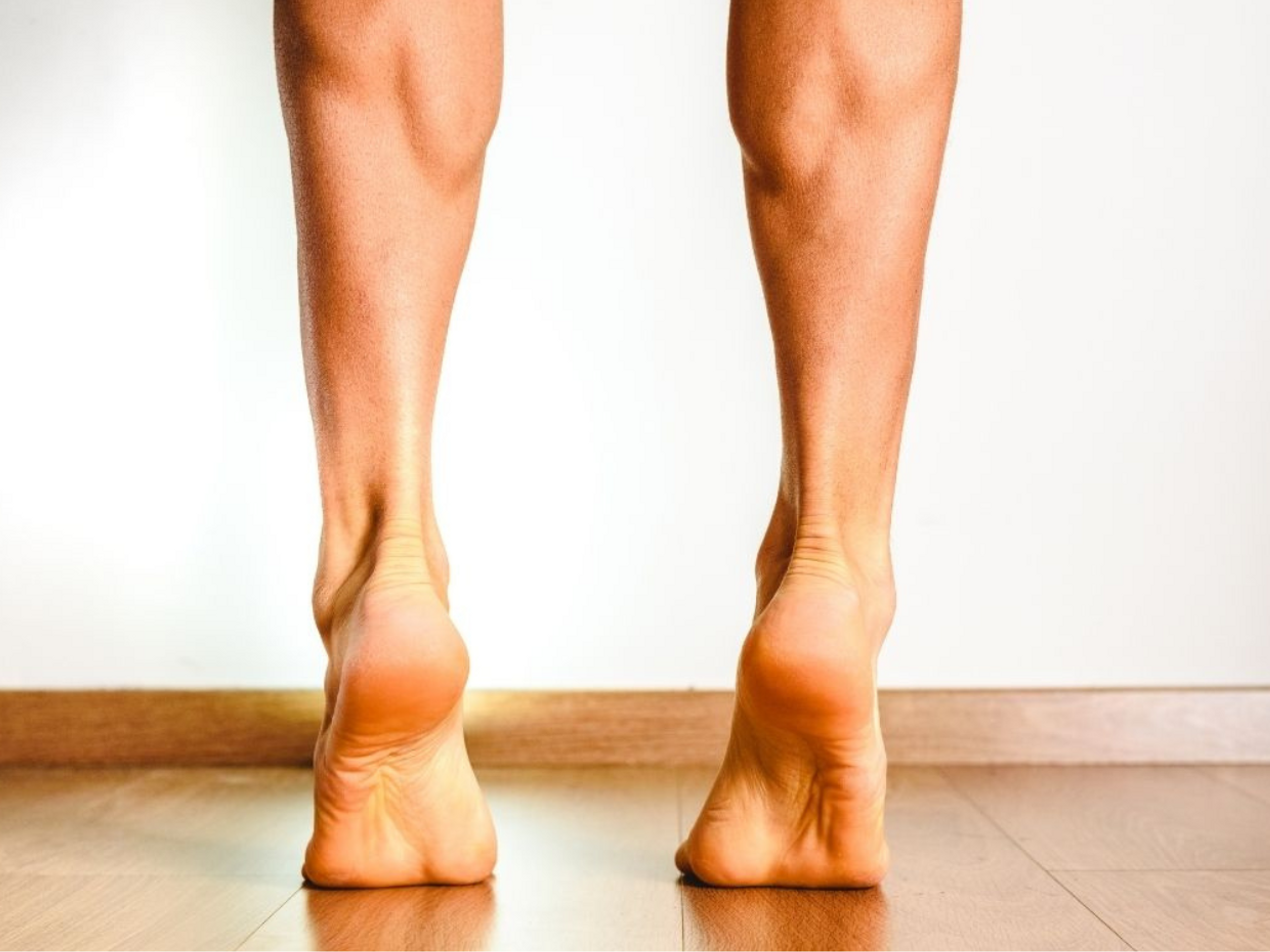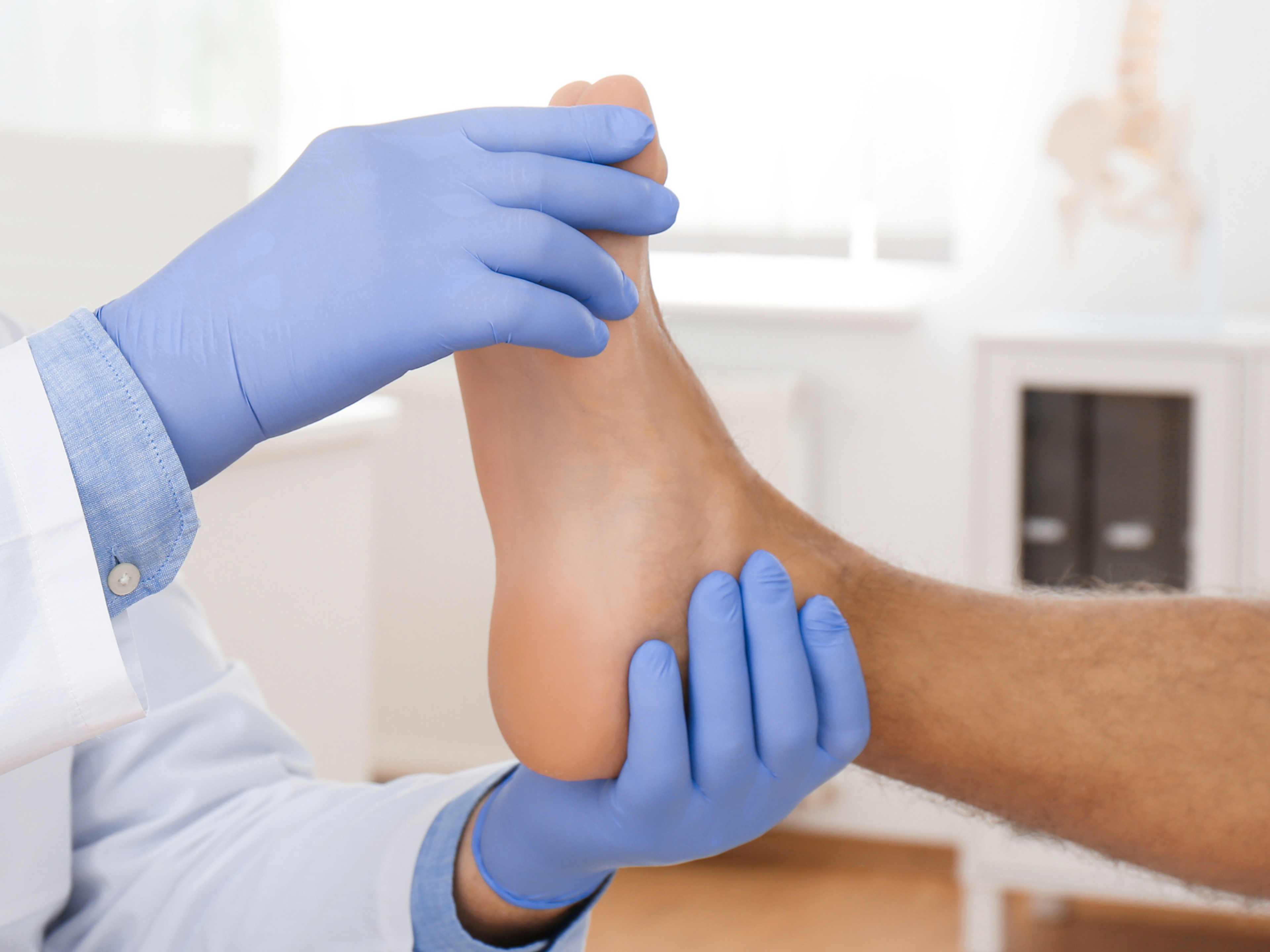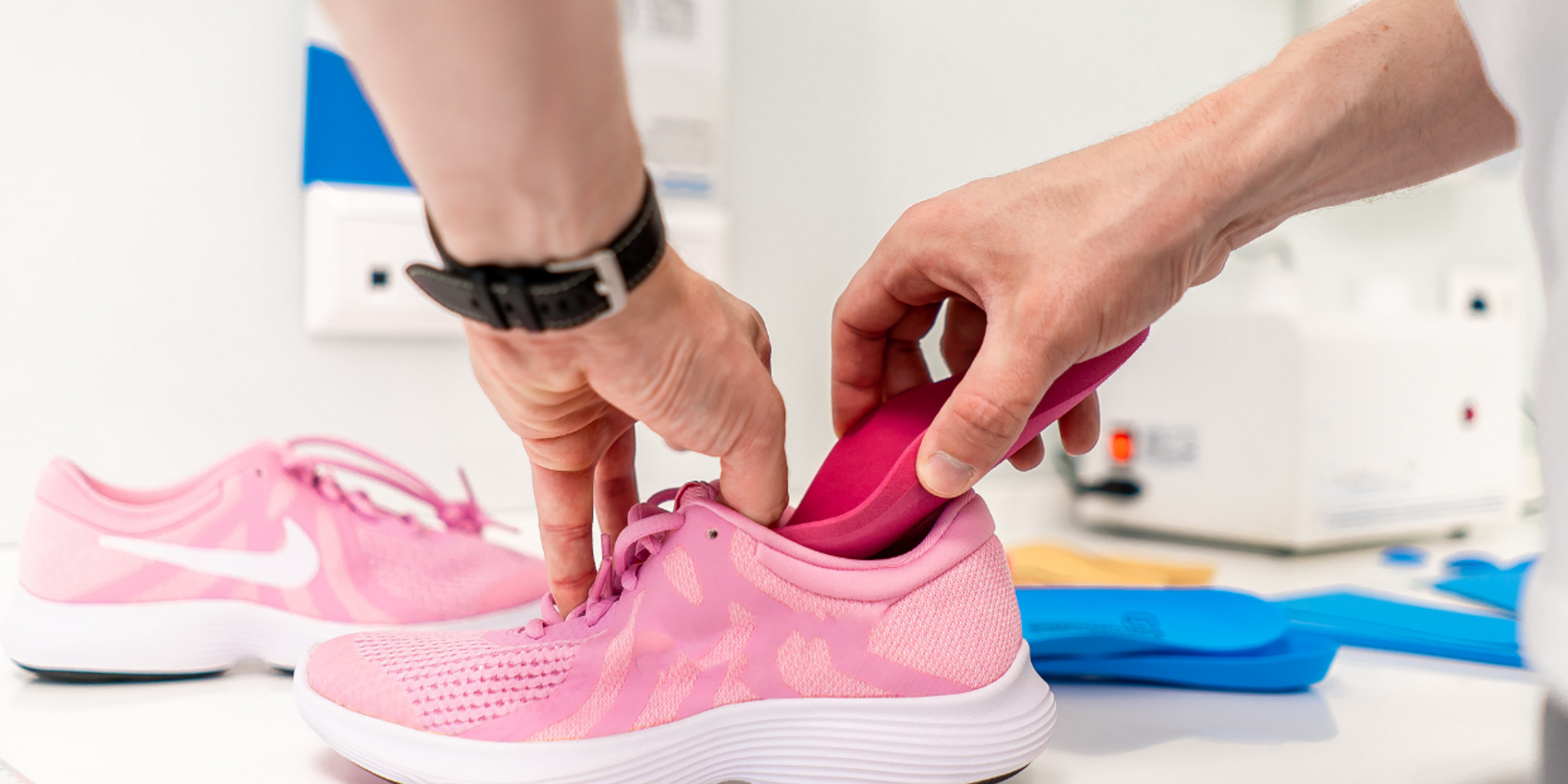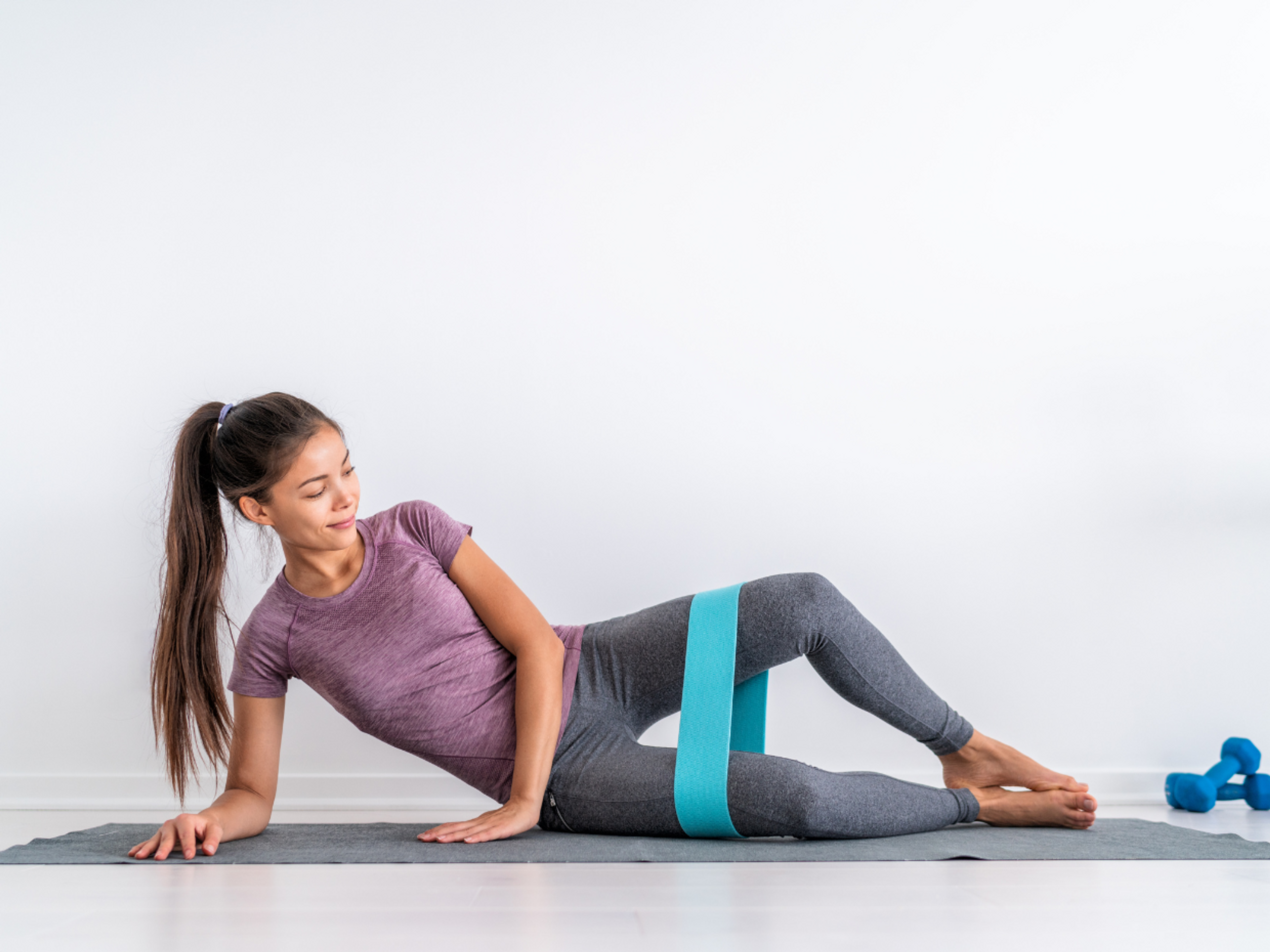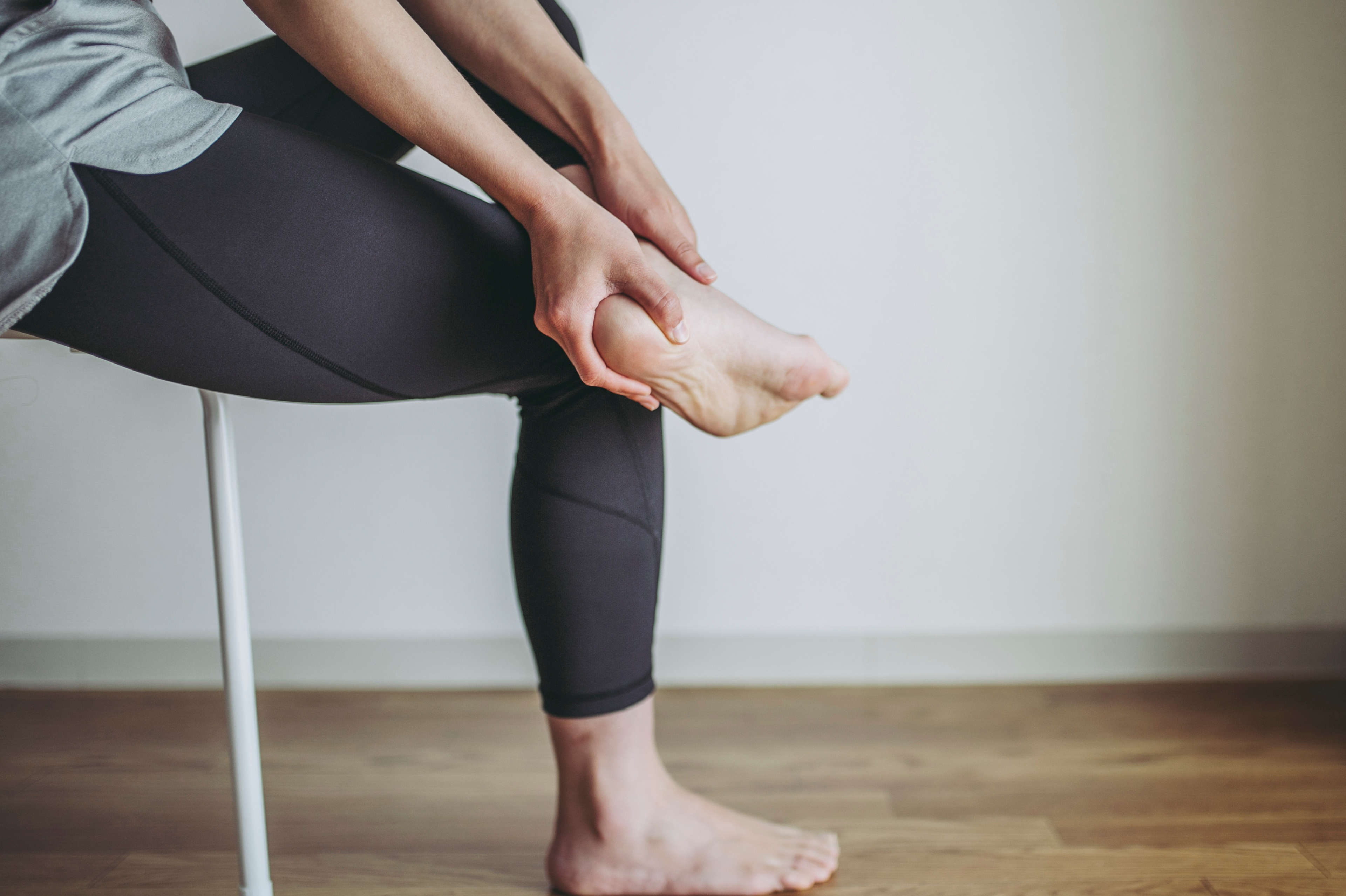The 5 best home treatments for plantar fasciitis
What is the best plantar fasciitis treatment?
Recently, a group of researchers from the UK, Denmark, and Australia conducted a thorough review of all the available research regarding treatment for plantar fasciitis. In addition, they interviewed 14 expert clinicians and surveyed 40 people suffering from plantar fasciitis.
After combining their findings, they compiled a list of the five most effective treatments for plantar fasciitis. These include:
Let's look at each of these in more detail.
1. Relative rest and load management
Load management is the most crucial aspect to get right if you want to recover from plantar fasciitis.
What does load management mean?
Your plantar fascia's primary role is to stop your foot's arch from flattening when placing weight on it.
Once injured, your plantar fascia loses some of its strength and endurance, causing it to struggle to cope with the loads placed on it by your normal daily activities (standing, walking, sports).
To allow your injury to settle and the tissue to heal, you must temporarily adjust your activities and reduce the loads you place through your feet.
Load management means ensuring that the amount of stress or "load" you're putting on your plantar fascia is within its current limits.
Relative rest is better than complete rest
Relative rest means remaining as active as possible but temporarily reducing the activities that aggravate your injury.
For example, you might reduce the volume or distance you're running if you're a runner. Or, if you stand for work, you could alternate between sitting and standing during the day.
Complete rest is not advised because, when you rest your foot entirely and don't use it for an extended period, it loses strength and can strain more easily.
Relative rest aims to help you maintain as much of your current strength as possible without straining your injured plantar fascia tissue.
Pay attention to total daily load
How do you decide what activities you can do?
Monitor how your foot responds to different activities over 24 hours to assess the pain response.
Sometimes, you can feel comfortable while doing an activity, but your pain flares up later that day or the next day.
Usually, you can be confident an activity is safe to do if:
- You feel only slight discomfort while doing it; and
- Pain does not increase later that day or the following day.
You should consider reducing or avoiding an activity if:
- You feel a lot of discomfort while you're doing it; or
- It increases your pain, and this lasts for more than 24 hours.
Your plantar fasciitis recovery doesn’t have to be a guessing game. With the Exakt app, you can access evidence-based rehab programs and expert guidance, all from the comfort of your own home.
2. Wear supportive shoes
When you have plantar fasciitis, your foot needs extra support to help it heal.
Supportive shoes can help reduce the impact on your injured plantar fascia and improve your foot position. This can help relieve your pain and speed up healing.
There are no specific shoes guaranteed to prevent or treat plantar fasciitis. Often, it's a matter of trying different shoes and seeing what works best for you.
There are a few features that a shoe for plantar fasciitis should have:
- Good arch support to help reduce the strain on your plantar fascia
- Heel support to stop your foot from rolling inwards (overpronation)
- A cushioned sole to help reduce the impact on your feet when you walk or run
3. Plantar fasciitis taping
Taping is a short-term treatment often used to help treat plantar fasciitis. There are different types of taping methods.
The Low-dye taping technique, using rigid zinc oxide tape, is usually the most effective. It supports the foot arch, reducing the load and strain on the plantar fascia.
Although many people report good results, there isn't enough evidence to use taping as a standalone treatment. Instead, it's recommended as part of a plantar fasciitis treatment plan.
If taping helps relieve your pain, it may indicate that arch support orthotics could help you in the long term.
4. Orthotics or insoles
Arch support orthotics and gel heel cups are the most common orthotics or insoles used to help treat plantar fasciitis.
Not everyone finds these products useful, but they can bring instant relief for some. This is because no one's injury is ever 100% the same, and everyone's body is different.
Studies have shown that the pain associated with plantar fasciitis can come from injuries to a combination of structures in that area, including the plantar fascia, heel bone, and heel fat pad.
Arch support orthotics act as a 'crutch' for your plantar fascia, which can help it rest and recover. They may be useful if your foot has reduced stability or you overpronate.
If your heel bone or fat pad is injured, a gel heel cup may provide better pain relief due to its cushioning effect.
5. Exercises for plantar fasciitis
Exercises for plantar fasciitis are divided into four groups. We have created detailed articles (find the links below) for each exercise group, explaining why and how they can help plantar fasciitis. These include:
The plantar fasciitis rehab plan in the Exakt app includes all four exercise groups. The app provides straightforward advice on when to progress, maintain, or take your exercises back a level — helping to minimize flare-ups and keep you on track with your recovery.
Conclusion
Plantar fasciitis is a complex condition to treat, and there is no single cure for it. In addition, what works for one person may not work for another. You may need to try a few combinations of these treatments at home until you find what works for you.
